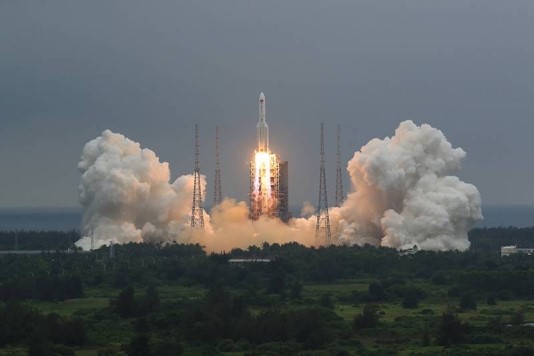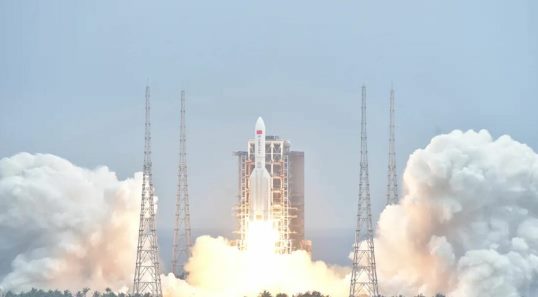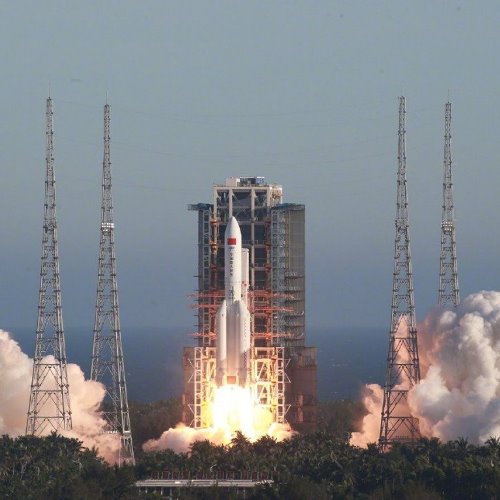
Chinese rocket debris lands in Indian Ocean
"The 23 ton core stage of the Long March 5B booster crashed back to Earth, ending 10 speculating days that captured the attention of the world"
The 23 ton core stage of the Long March 5B booster crashed back to Earth, ending 10 speculating days that captured the attention of the world.
The Long March renter Ed the atmosphere over the Arabian Peninsula at about 02:15 GMT on Sunday. It was unknown for days of the debris will crash on the land or water.
On April 28 the Long March launched the core module for China’s new space station. Instead of safely ditching into the ocean, the rocket’s first stage reached orbit becoming a piece of space junk waiting to crash down after feeling enough atmospheric drag. Many people in the space community have criticized China over this incident, for the alleged carelessness.
NASA slammed China for failing to meet responsible standards for the re-entry of space debris. The uncertainty over the rocket’s orbital decay and China’s failure to issue stronger reassurances ended up fueling anxiety to many general public as well. Since large chunks of the NASA space station Skylab fell from orbit in July 1979 and landed in Australia, most countries have sought to avoid such incidents and spacecraft design failures.
The rocket, which put into orbit an unmanned Tianhe module containing what will become living quarters for three centre on permanent Chinese space station will be followed by 10 more missions to complete the start by 2022.
Also Read:





